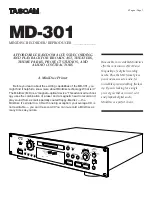
SIMPLE LOGGER II
English
Page 61
An option to invert the displayed graph is available in the scales tab of the instrument configuration window.
This allows for setting the display to show a high as a low for all inputs. This is the default state and will be
shown as normally low until an event occurs.
As mentioned, events start and end when the input goes low and when it goes high (regardless of the graph
invert option). For voltage measurements this is when the voltage drops below 0.7 V and goes above 0.8 V.
For contact (relay) closures this is when the contact closes and when it opens. Overload will be displayed
when the input rises above 5.5 V.
The logger will store on event, which means that if there is no change at the input of the instrument, it will not
store any data until the next event cycle occurs. This happens when the instrument sees the changes at an
input, as previously described.
If the expected event rate is 1 s, then it would be necessary to set the sample rate faster than once per
second in order to capture the events. As mentioned previously, the timing accuracy of the captured event is
dependent on the sample rate. The faster the sample rate, the higher the timing accuracy.
Minimum duration of an event will need to be the duration of the sample rate such that if the sample rate is
125 mS, then the pulse will need to be at least 125 mS to be certain that the logger will capture the event.
4.10.1 Sample Event Capture
Figure 4-1
The above example assumes that the “Invert display polarity (event displayed is a high)” is selected from the
scales tab of the configuration (default setting).
















































